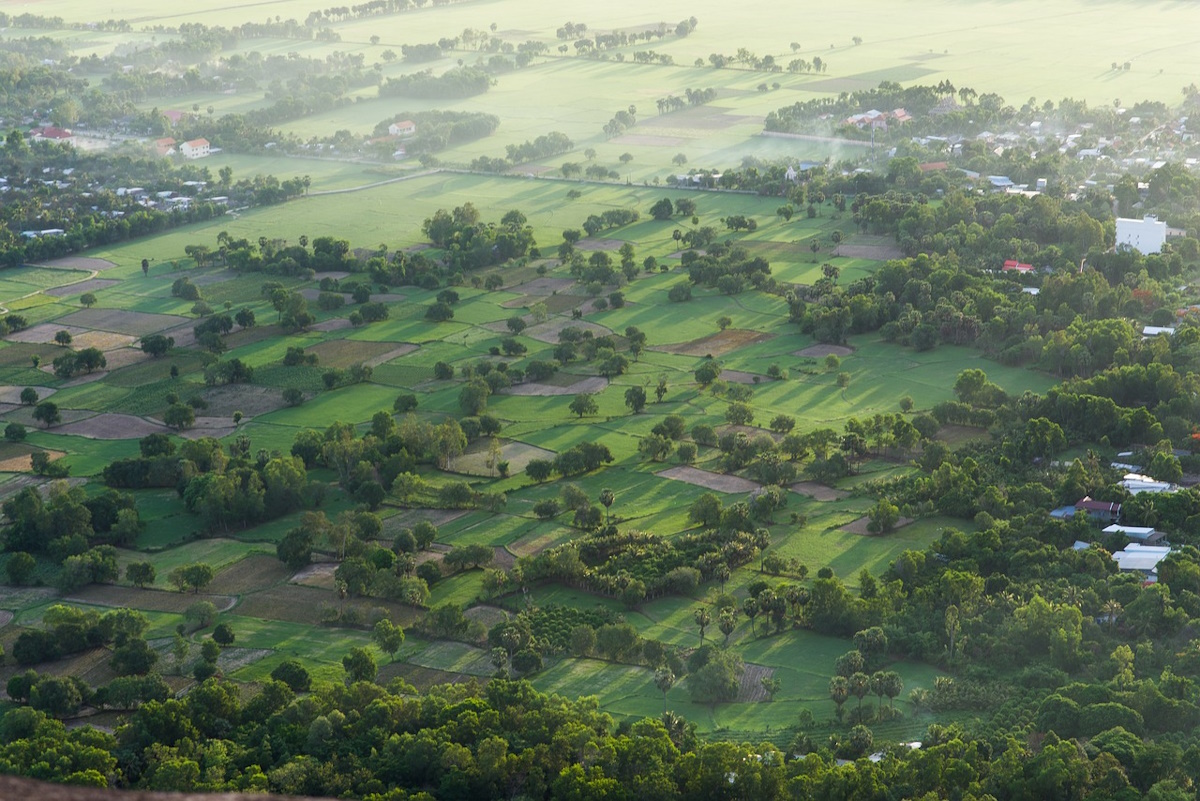The Ottawa Valley: A Rich Tapestry of History and Nature
Situated in the southeastern region of Ontario, the Ottawa Valley is a captivating region renowned for its natural beauty, diverse cultural heritage, and significant historical importance. The valley, named after the Ottawa River that flows through its heart, spans a vast area, encompassing various towns, cities, and rural landscapes. With its picturesque waterways, lush forests, and charming communities, the Ottawa Valley offers a unique blend of experiences for visitors and residents alike.
Natural Splendour:
The Ottawa Valley is blessed with an abundance of natural wonders, making it a haven for outdoor enthusiasts and nature lovers. The Ottawa River, the valley’s namesake, is a major waterway that winds its way through the region, offering opportunities for boating, fishing, kayaking, and other recreational activities. The river’s numerous tributaries and lakes, such as the Rideau Canal, Mississippi Lake, and Golden Lake, further enhance the region’s allure.
The valley’s landscape is characterized by rolling hills, fertile farmland, and dense forests. Algonquin Provincial Park, a vast wilderness area located to the north, is a popular destination for camping, hiking, canoeing, and wildlife viewing. The park’s diverse ecosystems support a variety of flora and fauna, including moose, black bears, wolves, and numerous bird species.
Historical Significance:
The Ottawa Valley boasts a rich and fascinating history that dates back thousands of years. Indigenous peoples, including the Algonquin and Anishinaabe nations, have inhabited the region for millennia, leaving behind a legacy of cultural traditions and archaeological sites. The arrival of European explorers and fur traders in the 17th century marked a turning point in the valley’s history, leading to the establishment of settlements and the development of trade routes.
The valley played a pivotal role in the development of Canada as a nation. In 1857, Queen Victoria designated Ottawa, situated on the Ottawa River, as the capital of the Province of Canada. The city’s strategic location, at the confluence of the Ottawa and Rideau Rivers, made it a natural choice for the seat of government. Today, Ottawa serves as the capital of Canada, housing the Parliament Buildings, numerous national museums, and other important institutions.
Cultural Heritage:
The Ottawa Valley is a melting pot of cultures, with a diverse population that reflects the region’s historical and contemporary influences. The descendants of European settlers, Indigenous peoples, and more recent immigrants from around the world have all contributed to the valley’s unique cultural fabric. The region is home to a vibrant arts and music scene, with numerous festivals, galleries, and performance venues showcasing local talent.
The valley’s culinary traditions are equally diverse, drawing inspiration from various cultural backgrounds. Visitors and residents can savour everything from traditional French-Canadian cuisine to international flavours, all prepared with fresh, locally sourced ingredients. The region’s agricultural heritage is evident in its numerous farmers’ markets, where producers offer a wide array of seasonal produce, artisanal cheeses, and other handcrafted goods.
Conclusion:
The Ottawa Valley is a region of immense natural beauty, historical significance, and cultural diversity. Its picturesque landscapes, abundant recreational opportunities, and rich heritage make it a captivating destination for visitors and a cherished home for residents. Whether exploring the region’s waterways, delving into its history, or immersing oneself in its vibrant cultural scene, the Ottawa Valley offers a wealth of experiences that will leave a lasting impression.

